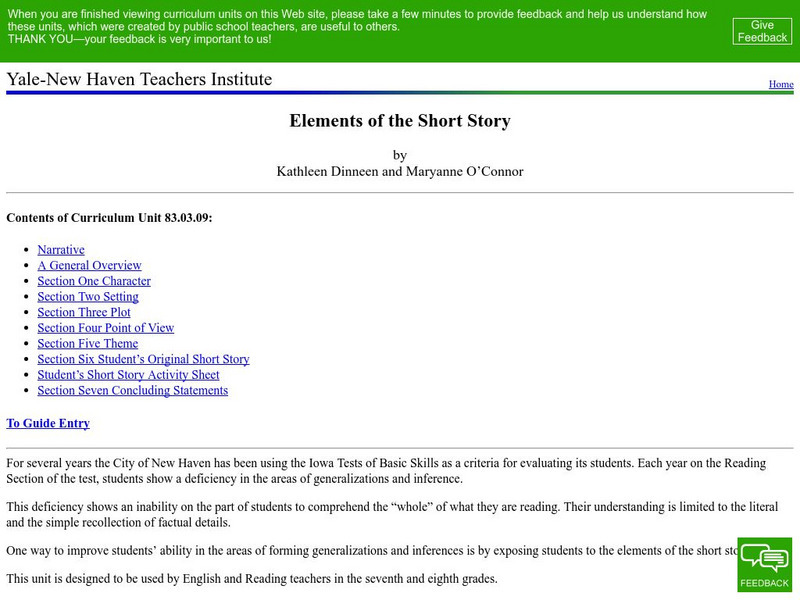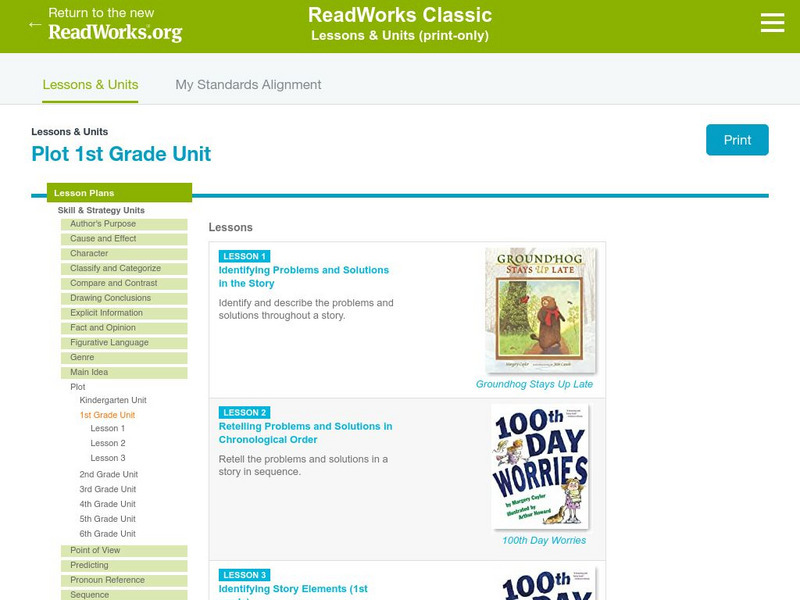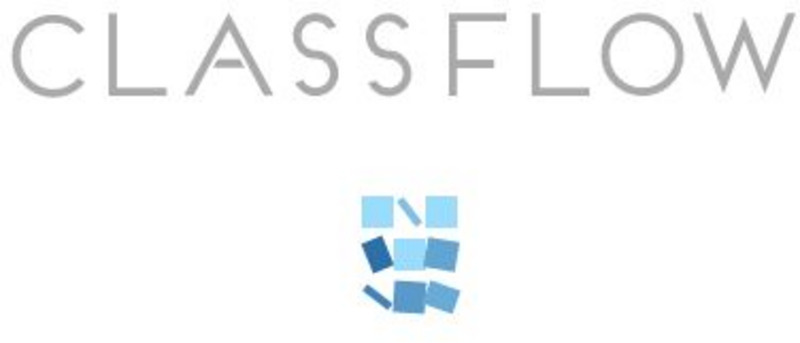Hi, what do you want to do?
Curated OER
What Makes Good Literary Writing?
Students conduct a literature study of John Steinbeck's classic "Of Mice And Men". They write in reflection of the author's influence upon 20th century literature. Students take apart the story to focus class discussion upon major themes...
Alabama Learning Exchange
Would you fit in with the Cherokees?
Students use this activity as an introduction to the unit on Cherokee Native Americans. They discuss and research Cherokee dress and homes and identify difference between the Cherokee and the individuals in the class.
Curated OER
Cause And Effect
Fourth graders read the book Stellaluna and cite sentences that show cause and effect in the story. In this cause and effect lesson plan, 4th graders also write sentences that show cause and effect in their own lives.
Curated OER
Cinderella Stories
Young scholars read and compare Cinderella stories using a worksheet. They write and illustrate original tales with a twist.
Curated OER
Animal: Unique Creatures With Great Features
Students present models, oral reports, and presentations on animal's characteristics. They research various animals and the characteristics that link them to specific animal groups. They answer specific questions relating to animals in...
Curated OER
Folktales
Fourth graders read a Haitian folktale. They study main characters in Haitian folktales and explore multicultural information about Haiti. They clarify understanding by retelling a sentence (paraphrasing) and a passage in their own...
Curated OER
Words to Warm the Winter: Keeping Things Organized
Fifth graders are in Literary Circles according to the book they've chosen and choose roles.
Curated OER
Compare and Contrast Creation Stories
Students compare and contrast creation stories. In this Bible studies lesson, students work in groups to read and summarize creation myths and share with their peers. The class goes on to create a chart to compare and...
Curated OER
BOOK REVIEW
Students review a book by choosing one word to describe each element and then combining it into one sentence.
Curated OER
Through the Forest and Home Again: Maps Help Us Find Our Ways
Students read Little Red Riding Hood, focusing on her path home to Grandma's house. In this language arts and geography lesson, students perform a reader's theater, re-creating the walk home and possible routes that could have been...
Brain Targeted Teaching
Tuck Everlasting Novel Study
The broad ideas included here provide clear ideas on how to use brain-targeted learning, what activities work best with Tuck Everlasting, how to apply the knowledge gained from their reading, and ideas for evaluation. Not teaching...
Curated OER
Using Story Structure to Enhance Comprehension
In these story structure worksheets, young scholars review story structure and learn how to use story maps to help with their reading comprehension. Students review an example story map and then study three different graphic organizer...
Curated OER
Evaluate the Main Characters? Problem-Solving Processes
Students read passages from several sources and evaluate the text for various criteria. In this problem solving lesson plan, students evaluate character problem solving processes after reading passages. They will use a Venn Diagram to...
Curated OER
Narrative Literature Response Letters
Third graders write endings to a story that has already been written. They offer alternative endings in their version. The lesson includes a rubric that is to be given to the students in order that they know the requirements.
Curated OER
The Time I Got Lost
Third graders go through the writing process but substitute paper and pencil with the computer to create a story about "The Time I Got Lost".
Alabama Learning Exchange
Alex: Identifying Sequence of Events Using Dr. Seuss
After listening to a reading of Dr. Seuss' Bartholomew and the Oobleck, students use graphic organizers and comic strips to practice sequencing. In a fun activity, small groups follow directions to make oobleck.
Annenberg Foundation
Annenberg Learner: Interactives: Elements of a Story
Explore the elements of a story using the well-known Cinderella story as source material. Learn about setting, character, sequence, exposition, conflict, climax, and resolution.
Annenberg Foundation
Annenberg Learner: Elements of a Story Interactive
Explore different ingredients, or elements, that go into stories and make them so much fun. Read the story, "Cinderella," and look at all the different pieces of the tale to see how they all fit together.
Houghton Mifflin Harcourt
Harcourt: School Publishers: Test Tutor: Sequence
Students will increase their reading comprehension skills and understanding of story sequence by reading a passage of text and then answering questions about the order of events.
Annenberg Foundation
Annenberg Learner: Sequence
Listen to an explanation about the series of events in Cinderella. Then look at some pictures where the story's events are all mixed up and put them in the correct order.
Yale University
Yale University: Elements of the Short Story
This unit from the Yale University on elements of the short story is designed to develop student comprehension skills, particularly making inferences and generalizing. It also involves students in reading a number of short stories to...
Read Works
Read Works: Plot 1st Grade Unit
[Free Registration/Login Required] A series of three lesson plans designed to teach students to identify problems and solutions in fiction text and to retell a story's problem and solution in sequence. Students learn to identify the plot...
ClassFlow
Class Flow: The Little Red Ant
[Free Registration/Login Required] The Little Red Ant and The Great Big Crumb is a story in the third grade Scholastic Literacy Series. This flipchart contains activities on order of events, cause/effect, vocabulary, and plot sequencing.
Curated OER
Mc Graw Hill: Major Events
Learn how writers use details to describe major events in a story.


























